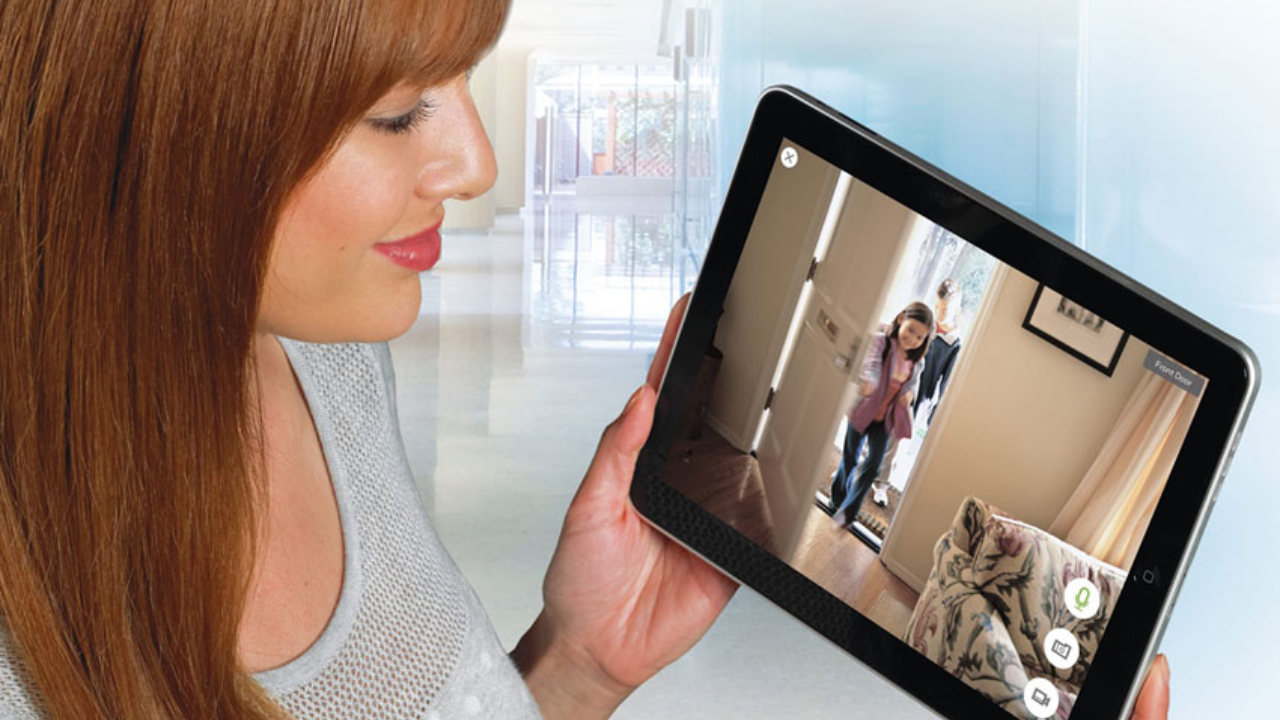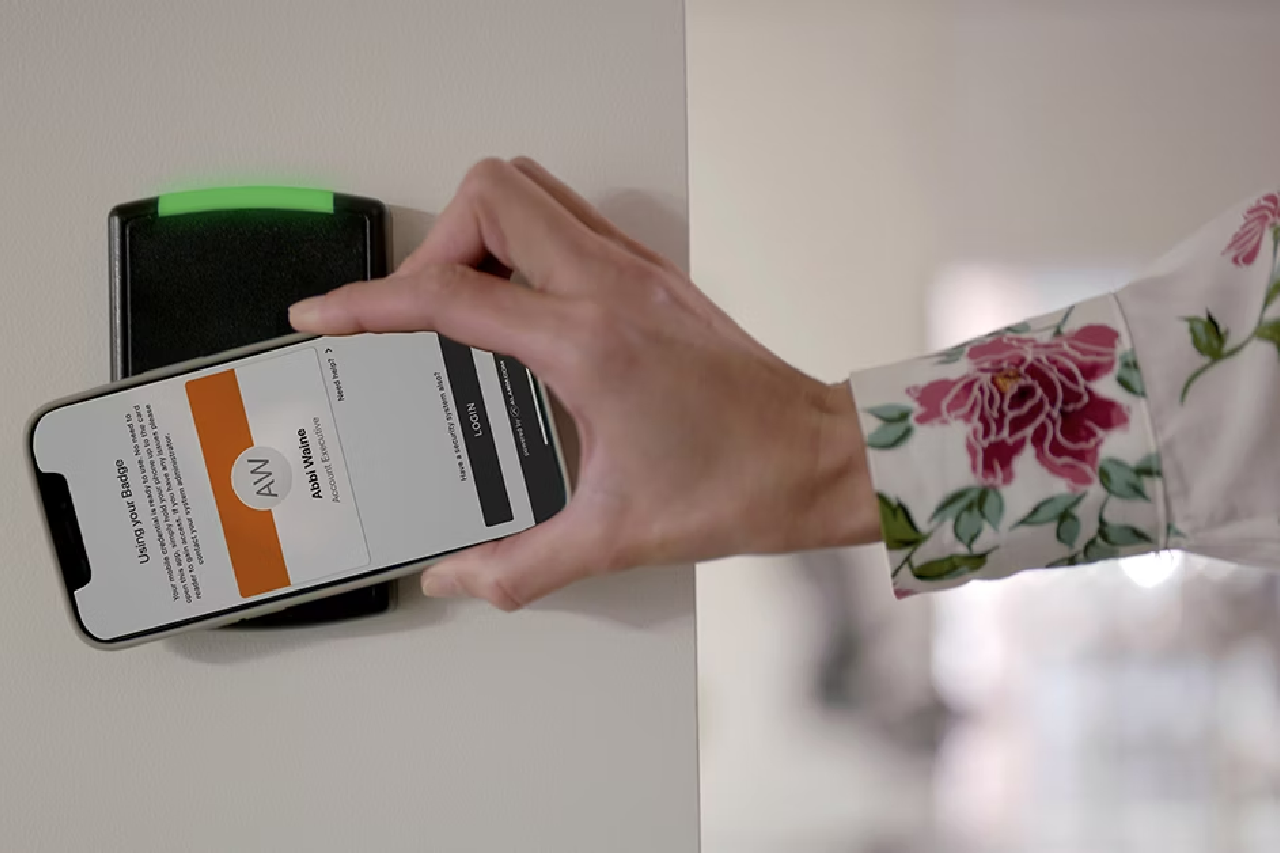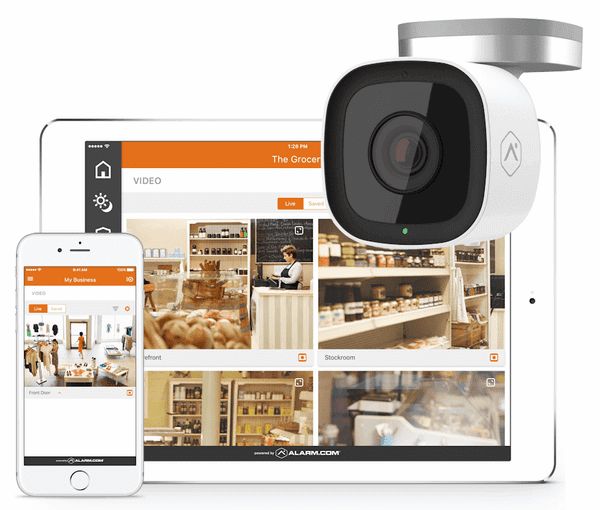Last Updated on October 10, 2023 by Alarm New England
Outdoor security cameras have become a crucial component of modern home security systems, providing homeowners with a heightened sense of safety and peace of mind. These cameras serve as vigilant guardians, monitoring the exterior of your property around the clock. In this article, we will delve into the types of outdoor security cameras, installation tips, and privacy considerations to help you make informed decisions about securing your home.
Types of Outdoor Security Cameras
Wired Cameras: Wired outdoor cameras require a physical connection to a power source and, in some cases, a wired internet connection. They provide continuous power but may necessitate professional installation.
- Wireless Cameras: Wireless outdoor cameras utilize Wi-Fi for connectivity and are relatively easy to install. They are powered by batteries or solar panels, offering flexibility in placement.
- PTZ Cameras: Pan-tilt-zoom (PTZ) cameras can be remotely controlled to pan, tilt, and zoom, enabling coverage of various angles and views. They are ideal for monitoring extensive outdoor areas.
- Bullet Cameras: Bullet cameras are known for their elongated, cylindrical shape. These weatherproof cameras are designed for fixed surveillance of specific areas.
- Dome Cameras: Dome cameras feature a discreet, dome-shaped housing. They are often used in commercial settings but can also be suitable for home security.
- Smart Cameras: Smart outdoor cameras come equipped with advanced features such as motion detection, facial recognition, and integration with smart home systems. They can send alerts and notifications to your smartphone when suspicious activity is detected.
Installation Tips
- Strategic Placement: Choose strategic locations for your outdoor cameras, focusing on entry points like doors and windows, pathways, and driveways. Ensure they are not easily accessible to tampering.
- Weatherproofing: Opt for cameras with an IP rating that indicates resistance to dust and water. Weatherproofing is vital for outdoor cameras exposed to the elements.
- Power Source Selection: Determine whether wired or wireless cameras best suit your property’s layout and your preferences. Wired cameras offer a continuous power supply but may require professional installation.
- Wi-Fi Signal Strength: If using wireless cameras, ensure a robust and stable Wi-Fi signal in the camera’s location. Consider installing Wi-Fi extenders if signal strength is weak.
- Lighting Enhancement: Adequate outdoor lighting can improve camera performance. Consider installing motion-activated lights to illuminate areas when motion is detected.
The Value of Outdoor Security Cameras
With this in mind, you might have some ideas about the outdoor security cameras you would like for your home. Outdoor security cameras play a pivotal role in enhancing home security by providing constant monitoring and valuable insights into potential security threats. By selecting the right type of camera, considering installation factors, and respecting privacy concerns, you can harness the benefits of outdoor security cameras while effectively safeguarding your property and the privacy of others.







